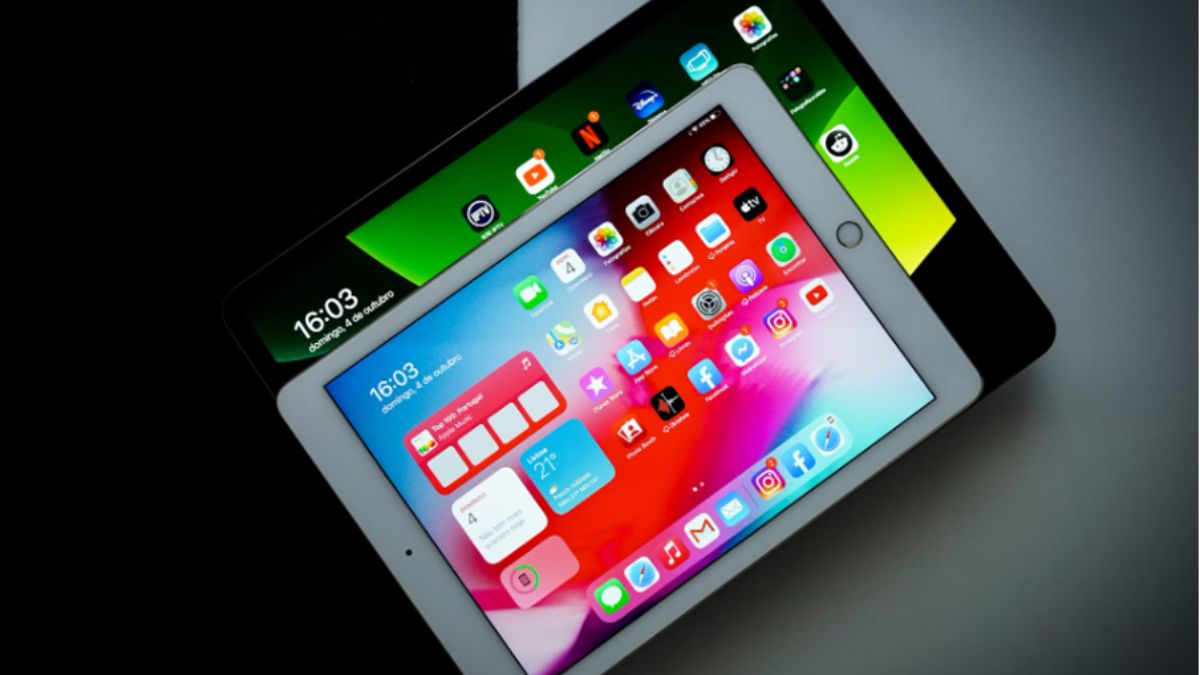This article explores the impact of callback widgets and unfolds their role. Diving into how these innovative tools empower businesses to offer immediate, personalized communication, we examine their growing influence in enhancing user engagement and streamlining customer service.
Through a detailed analysis, we aim to examine the transformative potential a callback widget holds for reshaping online interaction.
Advantages of Using Callback Widgets
Callback widgets offer a suite of benefits that cater to both businesses and users, enhancing digital communication in several key ways:
- Direct Engagement: They provide a straightforward channel for users to initiate communication, fostering a direct and personal connection between the user and the service provider.
- Immediate Response: Callback widgets prioritize the user’s time by facilitating immediate or scheduled callbacks. They reduce the waiting time for users, swiftly addressing their queries or concerns and making them feel cared for and valued.
- Enhanced User Experience: The convenience and speed of callback widgets significantly improve the overall user experience, contributing to higher satisfaction and loyalty.
- Increased Conversion Rates: The prompt interaction enabled by callback widgets can capture the interest of potential customers at crucial decision-making moments, leading to higher conversion rates.
- Personalized Communication: Callback widgets enable businesses to engage in more personalized communication. Companies can tailor the conversation by using the context of the user’s request and previous interactions, making the user feel valued and understood.
Technical Overview of Callback Widgets
Callback widgets are sophisticated yet user-friendly tools embedded into websites or applications that facilitate direct communication between users and businesses.
Here’s a deeper look at the technical foundations and components that make these widgets an integral part of modern web interaction:
- Front-End Integration: Typically developed using web technologies like HTML, CSS, and JavaScript, callback widgets are seamlessly integrated into the user interface of a website or app, ensuring a cohesive visual and functional experience.
- Backend Infrastructure: The backend component of a callback widget handles data processing, request management, and communication with other systems. It’s commonly built using server-side languages like Node.js, Python, or PHP and communicates with databases and CRM systems to store user requests and manage callbacks.
- API Connections: Callback widgets often leverage APIs to connect with telephony systems, CRM software, and analytics tools. These integrations enable the automated scheduling of calls, personalization of interactions based on user data, and analysis of widget performance.
- User Interaction Flow: The widget’s user interaction flow design is crucial. It typically involves an initial user action (e.g., clicking the widget), a form submission process to collect necessary information (such as name and phone number), and confirmation messages that inform the user of the next steps.
- Security and Compliance: Implementing robust security measures is a top priority for callback widgets. This includes using HTTPS for secure data transmission, adhering to data protection regulations like GDPR, and ensuring the safe handling and storage of personal information. These measures are in place to instill confidence in businesses about protecting user data.
- Scalability and Reliability: Callback widgets must grow and maintain high performance under increased loads as businesses expand. Cloud-based hosting and services can provide the necessary infrastructure for scalability and reliability, ensuring businesses feel confident about the future-proofing of their communication tools.
- Analytics and Optimization: Incorporating analytics capabilities allows businesses to track widget usage, user interactions, and conversion rates. This data is crucial for optimizing the widget’s design, placement, and interaction flow to improve user engagement and effectiveness.
Design Considerations for Callback Widgets
Creating an effective callback widget involves carefully considering its visual design and user experience. These elements are crucial for ensuring that the widget is noticeable, appealing, and intuitive for users to interact with. Here are key design considerations:
- Visibility and Accessibility: The widget should be easily visible without disrupting the user’s browsing experience. Positioning, color contrast, and size make the widget stand out yet remain harmonious with the site’s overall design.
- User Interface Simplicity: The design should be straightforward, inviting users to initiate contact without overwhelming them with too many options or complex forms. A clear, concise interface encourages higher engagement.
- Mobile Responsiveness: With a significant portion of web traffic coming from mobile devices, ensuring the widget is responsive and functional on all screen sizes is essential for reaching a wider audience.
- Customization Options: Offering customization options for the widget’s appearance and functionality can help match a business’s specific branding and communication needs, creating a more cohesive user experience.
- Intuitive Interaction Flow: The process of requesting a callback should be as simple as possible, involving just a few steps. An intuitive flow from the initial click to the final submission reduces friction and increases user participation.
- Feedback and Confirmation: Providing users with immediate feedback upon interaction, such as visual cues when the form is submitted and confirmation messages, reinforces the action taken and sets clear expectations for the callback.
- Compliance and Privacy: Designing the widget with privacy in mind, including clear information on data usage and adherence to privacy regulations, builds trust with users and ensures legal compliance.
- A/B Testing for Optimization: Regularly testing different designs and placements can help identify the most effective approach for engaging users, allowing for continuous improvement based on real user data.
Conclusion
Callback widgets embody a powerful tool in the digital communication arsenal, offering direct and personalized interaction between businesses and users. Organizations can implement these widgets to elevate user experience, enhance engagement, and gather valuable insights by understanding their advantages, technical intricacies, and design considerations.
The strategic integration of callback widgets will remain critical in fostering meaningful connections and driving success in web interaction.


